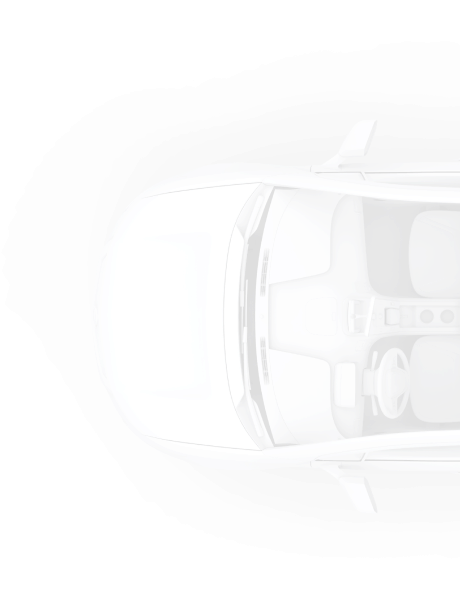As the automotive market is gradually adopting the trend of autonomous driving, which is estimated to reach mass production within the next five to ten years, Purpose-built vehicles already provide a unique travelling experience for passengers. But the market requirements are already changing significantly. Companies offering mobility services like Uber in the United States or Didi Chuxing in China require a fleet that enhances the passenger ride. The major features include specific passenger experiences, flexibility of use and low prices. The new purpose-built vehicles are designed to meet the requirements for mobility on demand.
According to the Roland Berger study “A new breed of cars”, the demand for purpose-built vehicles will grow decisively. Until 2020 the amount could go up to about 1 million units, then raise 21% until 2025 and 14% until 2030. China is expected to be by far the largest market for the new vehicle class, with a market share of 60%, followed by North Amerca (22%), Europe (13%) and MENA (5%).

Purpose built vehicles for mobility services

More articles like this